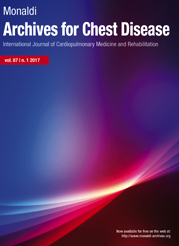Fetal-maternal complications due to pregnancy-acquired tuberculosis: a narrative review of the literature
All claims expressed in this article are solely those of the authors and do not necessarily represent those of their affiliated organizations, or those of the publisher, the editors and the reviewers. Any product that may be evaluated in this article or claim that may be made by its manufacturer is not guaranteed or endorsed by the publisher.
Authors
Tuberculosis (TB) during pregnancy can cause certain deleterious effects to both the mother and the fetus, leading to significant morbidity and mortality. The risk of TB rises significantly during pregnancy due to dampening of the immune response in females and certain factors yet to be studied. Since pregnant females are ruled out of clinical trials due to their pregnancy status, not much clinical data is available on how to combat TB in them or about the clinical safety and efficacy of certain drugs. Hence, not only is it important to make pregnant females vital study participants of clinical trials, but also to enhance their knowledge regarding the disease so that they may timely access quality care. It is also important to facilitate these TB-positive pregnant females through the introduction of gender-sensitive policies that are more exclusive and allow access to quality TB control programs that provide timely care, nutritional support, and quality and supportive management.
How to Cite

This work is licensed under a Creative Commons Attribution-NonCommercial 4.0 International License.






